C.E.C. HD53N
Headphones amplifier review
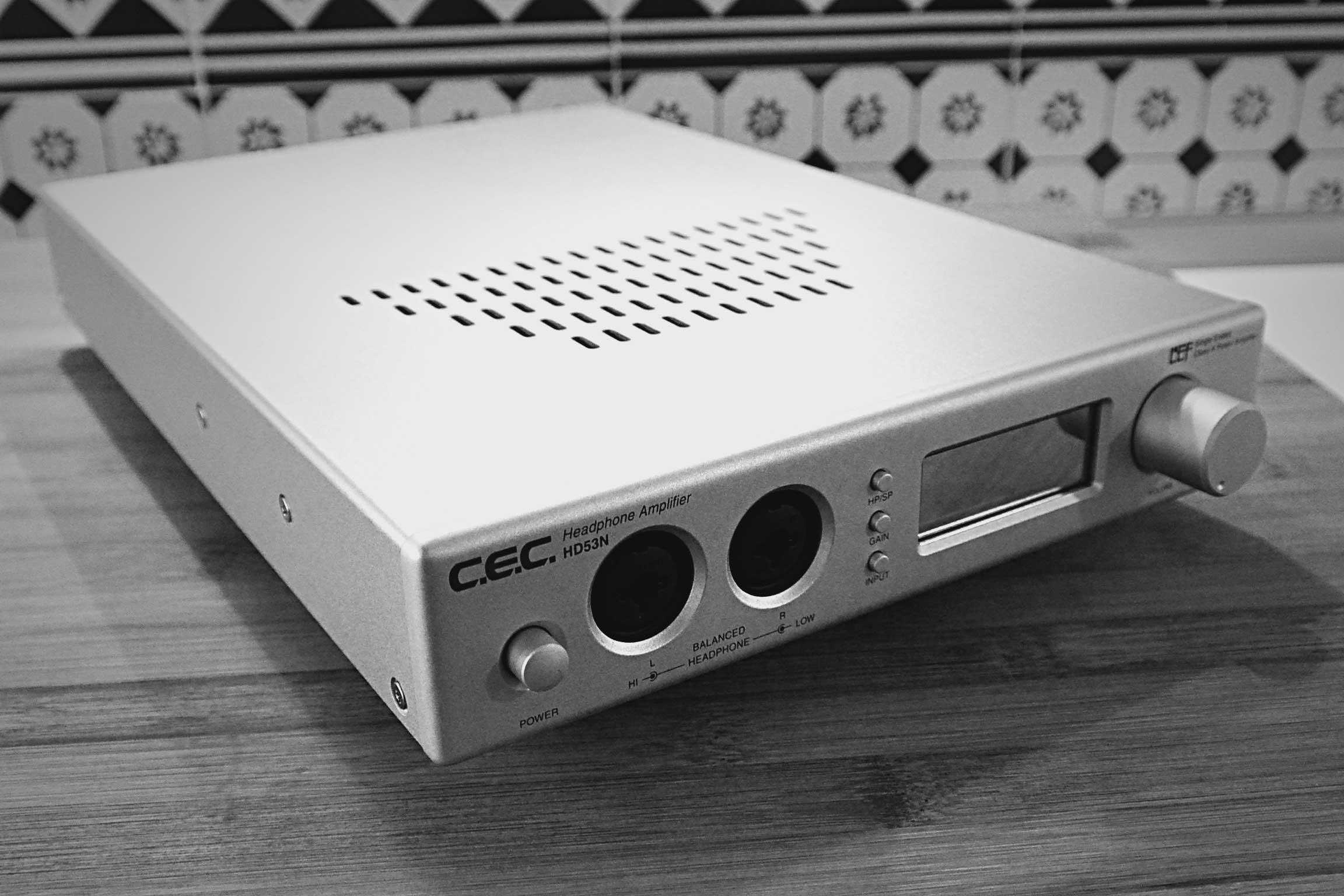
Introduction
All headphones, both dynamic and orthodynamic, represent in one way or another complex impedance loads of a variable nature. It’s also true that orthodynamic headphones show much more linear impedance levels when compared to dynamic headphones.
Based however on the prevalence of different types of headphones, dynamic headphones still do the lion’s share. When dynamic headphones manufacturers issue given data about the impedance, usually they refer to the maximum impedance of the headphone that often doesn’t assume a constant value throughout its use. The variations may therefore undermine many headphone amplifiers including the most sophisticated given that only a few manufacturers have been responsive to the problem or have tried to find a solution. Among these there is a Japanese company that builds a balanced amplifier for headphones with proprietary technologies to ensure that it’s almost completely insensitive to impedance variations, thereby increasing its versatility with different types of headphones. We are talking about C.E.C. HD53N an amp marketed about 4 years ago but still relevant given the original solutions it has adopted.
Design
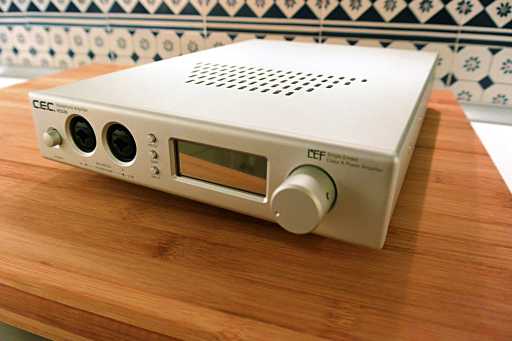
The C.E.C. HD53N whole unit is compact in size but fairly heavy. The color of the exterior chassis is silver. On the front of the amplifier there is: the power button, two combined connectors which allow the connection of balanced and unbalanced headphones, three selectors and a small black LCD screen with blue electric types illustrating the various functions activated. The combined connectors offer, in addition to the balanced XLR connection for the left and right channels, an unbalanced output with an impedance of 10 Ohms labeled LOW and one with an impedance of 120 Ohms labeled HIGH. The selectors mentioned before are: the HP/SP button that allows the user to choose whether to amplify headphones or speakers, since the HD53N, due to its power output is capable of driving even conventional speakers. The GAIN button however allows you to change the output volume level in order to better adapt its management to different sources or headphones connected to the amplifier.
Finally the INPUT button allows you to select the unbalanced or balanced line inputs on the back. The volume knob completes the front panel. On the back we find the XLR and RCA connectors for the line inputs together with the clamp connectors for the connection to external speakers. The IEC socket for the power cord completes the rear panel. The HD53N has a generously sized toroidal transformer inside that allows the amplifier to deliver in balanced mode 4.7 watts per channel at a load of 32 Ohms. The internal circuitry is in dual-mono configuration and uses proprietary technologies such as LEF: (Load Effect Free) and IGM (Intelligent Gain Management). These technologies allow the HD53N to have an amplification circuit without any feedback loop, essential to compensate the individual characteristics of the transistors and allow an intelligent management of the volume and of the frequency response even at low output levels. In addition, the entire output stage of the amplifier works in class A.
Listening test
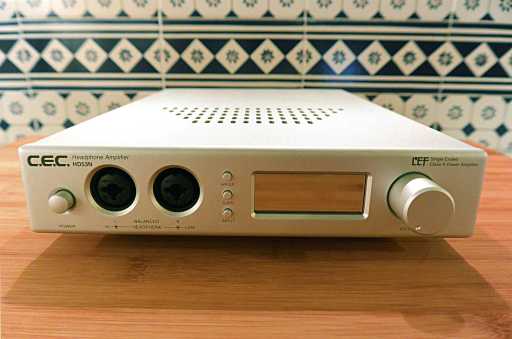
The listening tests were conducted as usual in our studio leaving the unit burning in for a hundred hours before making any critical evaluation. We equipped the HD53N with a custom made power cord, and then we compared it with the references in our possession : the HPBA-2 S and the Bryston BHA-1. The source used was the Firestone Audio Tobby DAC connected via USB, while all the digital and analog cables used are made in Italy by Neutral Cable and Airtech with which our studio is wired. The headphones used for the test were the Sennheiser HD 600, HD 650 and HD 800 in balanced configuration only. The music ranged from Rock to EDM tracks with high resolution and good dynamic range. We’d like to point out that the entire test was carried out using only the HD53N as a pure and simple headphone amplifier. We decided to start our tests with the HD 800 HD53N combo to see how the C.E.C. amplifier would behave compared to our reference HPBA-2 S. When using this headset in balanced mode, what immediately struck us was the excellent headstage. The yield of the low frequencies, thanks to the power output and tone of the HD53N, was really very good. Switching between the two different levels of ouput gain, with the same sound pressure level, we heard that when the High output is selected, the amp really has an edge that drives the headset in a more authoritative and decisive way even if it’s not a particularly easy one such as the HD 800. Obviously with the High output selected, the amplifier is able to deliver more power with all the benefits in question. But we have to warn users that the volume gap between Low and High is pretty wide so great care should be taken when switching from one to the other while maintaining the volume knob in the same position.
The HD53N pairs really well with the HD 800 especially when the latter is driven in balanced mode. The character of the amplifier is detailed and precise, even if ever so slightly emphasized on the medium-high frequencies. Compared to Bryston BHA-1, the C.E.C. shows a less accentuated and precise transients articulation. The bass and punch of the BHA-1 are more effective but less rounded as are the yield on the medium lows than the HD53N. However, thanks to a slightly warmer tone than the Bryston, it helps the HD 800 to correct some of its shortcomings and to express a large part of its potential. If we then compare the C.E.C. with our HPBA-2 S, we note that with the amplifier by Qes Labs, the HD 800 reaches its peak performance when driven in balanced mode. The yield of the HD53N is still very close to that of the HPBA-2 S and held at high levels, as we have heard, it has a slightly lower accuracy in transients articulation especially at low frequencies. Even when paired with headphones that are apparently easier to drive, such as the HD 600 and HD 650, the amplifier behaves quite well. The middle frequencies are smooth and lows gain depth as well as a slight roundness. High frequencies are always accurate and without distortion even at high volume levels. The sound image provided by the HD53N is slightly wider and more precise than the BHA-1 and HPBA-2 S. The product made by C.E.C. seems therefore to adapt without any particular problems to different types of headphones always providing an altogether balanced listening with no particular emphasis on certain range of frequencies.
Final thoughts
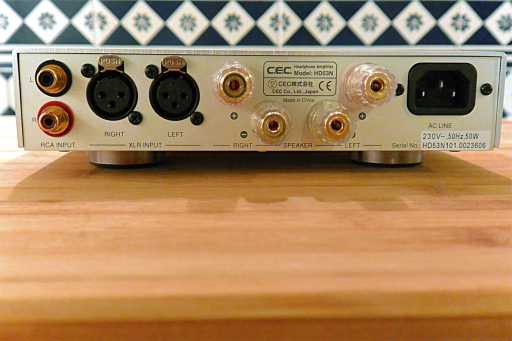
The amplifier made by C.E.C. although having been released a few years ago is still a good choice. The market for headphone amplifiers, especially balanced ones, has made quite significant progress in recent years and has seen several manufacturers venture more or less successfully into this field of high fidelity. Compared to more recent products such as the Bryston BHA-1, the HD53N suffers from a slightly outdated look and from a more gentle power distribution, especially in more complicated sound passages, such as high dynamic ranges and in the attack and release of notes. In its favor, however, we can safely say that compared to other products —even more famous ones and with higher price tags— the C.E.C. amplifier can still hold its own especially in balanced mode and with headphones such as the HD 800. In our world there’s no the perfect product particularly as regards headphone amps, but versatile is the word that comes to our mind and is the one that perfectly sums up the C.E.C. HD53N.
Personal Opinion
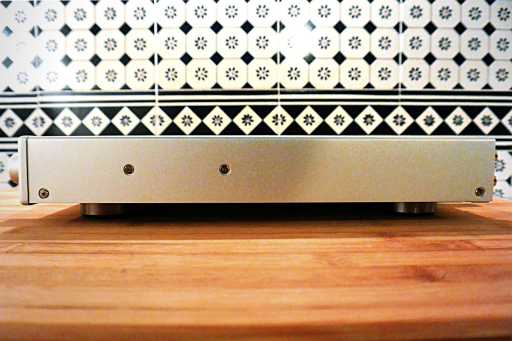
When talking about the C.E.C. HD53N I could briefly repeat what I have already said about the Phonitor 2. Namely, that it’s an amplifier that can adapt itself without any difficulties to the different types of headphones connected to it and that has a rather neutral tone. If I didn’t already have my current reference the HPBA-2 S by Qes Labs to drive the HD 800 in the balanced mode, I would seriously consider buying a product such as the C.E.C. HD53N that I absolutely consider to be one of the best amps for the Sennheiser flagship. If the HD 800 is one of your favorite headphones and you love the benefits of balanced amplification I strongly advise you to buy the C.E.C. HD53.
Score
- Scoring110
- Sound quality [1]
10 - Bang for the buck [2]
8 - Measures [3]
9 - Build quality [4]
8 - Versatility [5]
10 - Overall rating
9
- 1. The sound quality is really very good especially in balanced mode
- 2. The bang for the buck of the unit compared to its sonic quality is very good
- 3. The measurements show a very good linearity on different parameters
- 4. Build quality and aesthetics are a bit outdated but still enjoyable
- 5. Versatility is wide-ranging and reaches its climax in balanced mode








